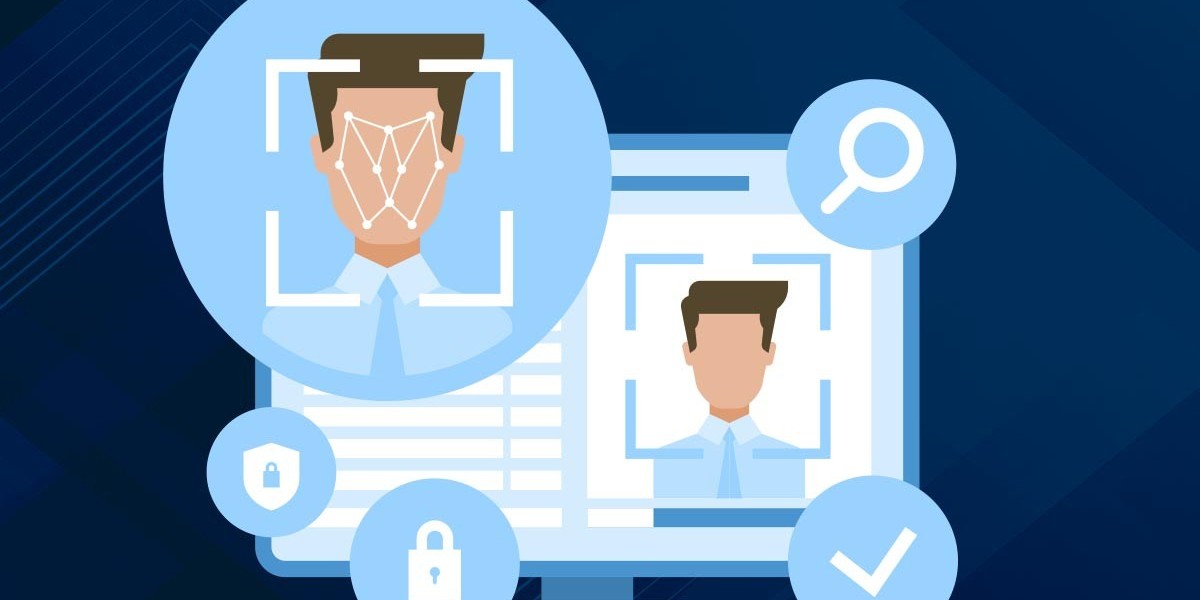In the ever-evolving landscape of cybersecurity, the battle between defenders and attackers rages on. With cybercriminals becoming increasingly sophisticated, it is crucial for security professionals to leverage every available tool and technique to identify and apprehend these digital wrongdoers. One powerful approach gaining traction in the field of security forensics is behavioral analysis, which involves profiling cyber suspects based on their digital actions. This method provides valuable insights into the minds and motivations of cybercriminals, ultimately enhancing our ability to thwart their nefarious activities.
Understanding Behavioral Analysis in Security Forensics
Behavioral analysis in the context of security forensics is akin to a psychological profile for cyber suspects. It delves into the patterns, habits, and actions of individuals in the digital realm, much like traditional criminal profilers examine physical evidence and behaviors in the real world. Instead of fingerprints and DNA, cybersecurity experts analyze data logs, network traffic, and system activities. The goal is to identify unusual or suspicious behaviors that may indicate malicious intent.
One of the key advantages of behavioral analysis is its proactive nature. Traditional cybersecurity approaches primarily rely on reactive measures, such as firewalls and antivirus software, which can only defend against known threats. Behavioral analysis, on the other hand, seeks to uncover unknown or emerging threats by identifying aberrant activities that deviate from established norms. This proactive stance is crucial in an environment where cyber threats constantly evolve.
The Role of Machine Learning and AI
Behavioral analysis is made possible by the use of machine learning and artificial intelligence (AI). These technologies can sift through vast amounts of data in real-time, identifying subtle patterns that may escape human attention. Machine learning models can be trained to recognize normal behaviors within a system or network and raise alerts when deviations occur.
For instance, if an employee typically accesses certain files during business hours but suddenly starts accessing sensitive data at 3 a.m., this unusual behavior can trigger an alert. Similarly, if an external user begins probing a network for vulnerabilities in a repetitive and systematic manner, it can be a red flag.
Machine learning models can also analyze user behavior, taking into account factors such as the frequency and timing of logins, the types of files accessed, and the devices used. When combined with AI-driven algorithms, this analysis can form a comprehensive picture of a user's digital actions, enabling security professionals to distinguish between legitimate and suspicious activities.
Behavioral Indicators of Cyber Suspects
To profile cyber suspects effectively, security forensics experts must consider a range of behavioral indicators. These can include:
Anomalous Logins: Frequent login attempts, especially from unusual locations or devices, can be indicative of unauthorized access attempts.
Unusual Data Access Patterns: Sudden or unauthorized access to sensitive data, especially by individuals who do not typically require such access, can signal a data breach or insider threat.
Malicious Network Traffic: Aberrant network traffic patterns, such as a surge in data transfer to external servers or unusual port usage, may indicate a malware infection or a cyberattack in progress.
Phishing and Social Engineering Attempts: Monitoring for suspicious email communications or requests for sensitive information can help identify attempts to deceive users.
Behavioral Changes in Employees: In the case of insider threats, behavioral changes in employees, such as increased disgruntlement or disengagement, may be early warning signs.
Repetitive Actions: Cybercriminals often follow systematic patterns, repeatedly probing for vulnerabilities. Identifying such repetitive actions can help detect automated attacks.
Data Exfiltration: Monitoring for large, unexplained data transfers or unusual data access patterns can help uncover data theft attempts.
Challenges and Ethical Considerations
While behavioral analysis holds immense promise in enhancing cybersecurity, it is not without its challenges and ethical considerations. Privacy concerns, for instance, are paramount. The monitoring of employee behavior raises questions about the invasion of privacy, and it is essential for organizations to establish clear policies and boundaries when implementing behavioral analysis measures.
Moreover, the accuracy of behavioral analysis tools is not infallible. False positives can lead to unnecessary alerts and investigations, potentially straining resources and damaging trust within an organization.
The Future of Behavioral Analysis in Security Forensics
As cyber threats continue to evolve, behavioral analysis will play an increasingly crucial role in security forensics. Advances in machine learning and AI will enable more accurate and real-time profiling of cyber suspects, allowing for quicker response times and better threat mitigation.
Furthermore, the integration of behavioral analysis with other cybersecurity measures, such as threat intelligence and endpoint detection and response, will create a more comprehensive security ecosystem that can adapt to emerging threats.
Conclusion
Behavioral analysis is a powerful tool in the field of security forensics, allowing us to profile cyber suspects based on their digital actions. By leveraging machine learning and AI, security professionals can proactively identify and respond to cyber threats, enhancing the overall resilience of our digital ecosystems. However, it is crucial to address ethical considerations and continually refine the accuracy of these tools to ensure their effectiveness in the ongoing battle against cybercriminals. As the digital landscape evolves, so too must our approach to cybersecurity, and behavioral analysis will undoubtedly be at the forefront of this evolution.
So here IBRANDtech is the best digital forensics services providing agency that offers forensic chargesheet preparation, Forensic Cyber Audit, forensic cyber trail, Forensic Data Recovery and Cloning, Link detection and tracking, Spoofing email trail and Server trial, Suspect detailed profiling, Suspect Tracking and Location Detection services in all over the India. Our dedicated team of experts is committed to delivering the finest cybersecurity services tailored to your needs. We take pride in the opportunity to assist you in achieving top-notch cybersecurity solutions.



